Picture this: You’re a photographer who’s just starting out. You have an amazing portfolio, and you’re ready to start sharing your work with the world. But you don’t know where to start. Do you create a website on your own domain? Or should you use a platform like SmugMug or Zenfolio? In this article, we’ll compare and contrast these two platforms so that you can make the best decision for your business!
What is SmugMug
It was founded in 2002 and has since become one of the most popular websites for photographers worldwide. SmugMug offers an array of features aimed to make it easier for photographers to store, share, print, and sell their work. The platform allows users to create an unlimited number of galleries with custom branding options so they can easily showcase their work and continue to build their portfolios. In addition, SmugMug also provides tools such as drag-and-drop uploads, custom watermarks on images/videos, password protection for galleries/albums/pages/videos, analytics reports tracking visitor views & purchases (if selling through the platform), and even the ability to sell products such as prints, wall art, products, etc.
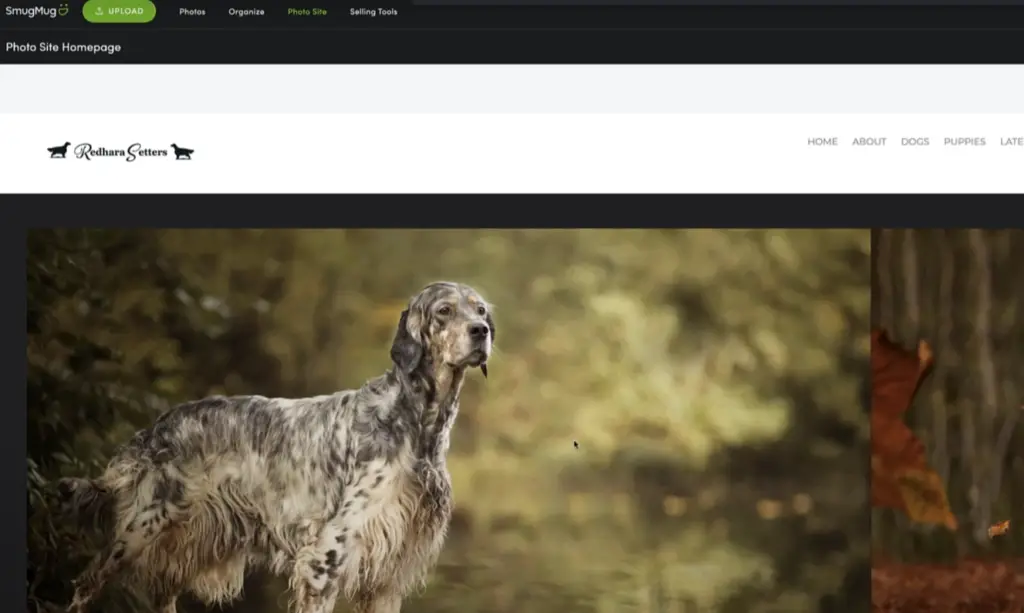
SmugMug also provides users with shared storage space with no file limits or expiration dates so they can store all their media in one spot. Finally, with its secure hosting and unlimited bandwidth, SmugMug makes it easy for photographers to display their work without worrying about running out of server space or experiencing slow loading times. All in all, SmugMug’s features make it a great platform for hobbyists and professionals alike who want to take control of their photography business while sharing and selling their work online.
SmugMug also offers an array of security settings so users can easily protect their content from unauthorized viewers/sharing. In addition, the platform has integration with a variety of third-party services and more to give users access to even greater control over their work. With all these features combined, SmugMug makes it easy for photographers to share their work with the world while having complete control of how they store and share their images/videos. It’s no surprise that SmugMug is one of the most popular platforms among professional and hobbyist photographers alike. [1], [2], [3]
What is Zenfolio
It is a full-featured service that offers a variety of tools for managing and displaying photos, creating custom websites, selling prints and digital downloads, processing payments, organizing client galleries and more.
The service also provides powerful website building features such as templates, themes, drag-and-drop modules and customizable options for creating beautiful galleries of your photos. The integrated ecommerce system makes it easy to sell prints or digital downloads of your images directly through the site. And advanced marketing tools enable you to promote and monetize your portfolio with coupons codes or promotional sales on products such as calendars or books. Zenfolio also integrates with social media so you can share your work with a larger audience.
Zenfolio is an ideal choice for photographers looking to build their online presence, market and sell their photography services or products, or just show off their work in a professional manner. By signing up for a Zenfolio account, you get access to the tools and features you need to start building your portfolio website quickly and easily. You can choose from hundreds of professionally designed themes tailored specifically for photographers, customize it with unique modules and options, and take advantage of SEO optimization tools that will help potential clients find your site on the web. [1], [2], [3]
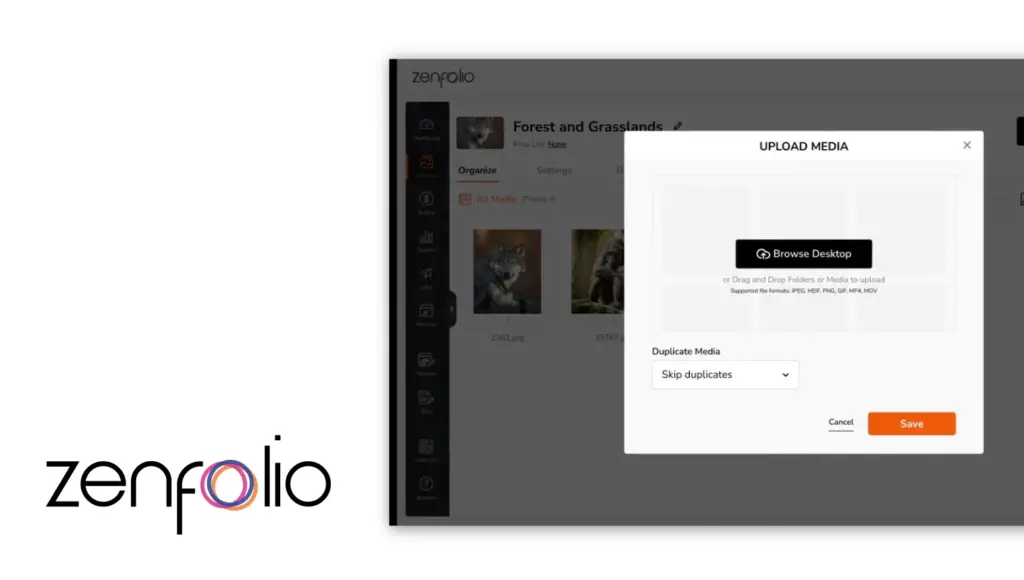
Comparison of SmugMug and Zenfolio
As you can see both platforms are extremely powerful and comprehensive solutions for displaying and managing your photography work. They both offer rich features, site builders, marketing tools, ecommerce capabilities, security settings, and more. To make your choice easier, we will discuss their pros and cons in a head-to-head comparison.
Customization
Customizing and personalizing a photo sharing platform helps to make the user experience more unique and enjoyable. Not only does it help users express themselves better, but it can also create an atmosphere of community, as each user’s personal touches are visible to everyone on the platform.
For example, allowing users to customize their profile page or even add custom backgrounds to photos can give them a sense of ownership over their account and help them feel like they belong in the community. This could further lead to increased engagement on the platform, helping drive more traffic back to the website. Additionally, custom themes or filters that are available for users to apply can also aid in making their photos look more professional and engaging, thus increasing the likelihood of them being shared or re-posted.
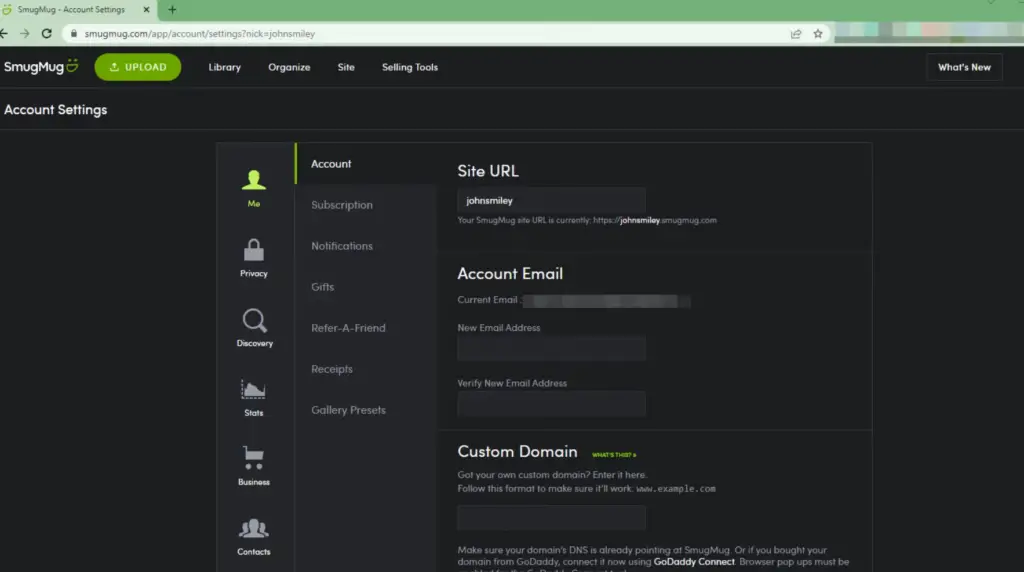
Moreover, customization also helps with branding on the platform. Since users will be able to easily add their own logos, watermarks or other graphics to their photos, they can create a unique visual style that will help them stand out and make it easier for people to remember and recognize their work. Furthermore, allowing users to customize parts of the platform such as its overall design could give them an even stronger sense of ownership and connection with the site, thus further encouraging loyalty towards it.
So what customization features SmugMug has to offer? Well, the platform comes with a solid variety of options. You can customize your galleries, albums and portfolios with a range of different designs, layouts, fonts and colors to choose from. The themes are all fully responsive so they look great across devices. You basically can drag everything you want onto the page and create something that reflects your own personality. Additionally, users can also easily add text blocks, maps or social media buttons to their site. And to top it off, SmugMug offers customization at both the individual photo level and the entire gallery level.
You can use both HTML and CSS to customize your SmugMug site. This gives users even more control over how their galleries look, and allows them to add specialized elements such as custom fonts or backgrounds.

Zenfolio offers less customization options than SmugMug, but still enough to make it a viable solution for many photographers. It comes with hundreds of different themes that are tailored specifically for the photography industry and allow you to customize various aspects of your website such as layouts, colors and font styles. You can also easily change the background images with just one click, so there’s no need for coding knowledge here either. While you can use HTML, you can’t use CSS.
You can also hide Zenfolio watermarking with a few simple steps. This is great for photographers who don’t want to promote the platform, but still need to protect their images from being stolen. Additionally, you can also add widgets such as calendars or contact forms so potential clients have an easy way of contacting you.
Overall, SmugMug offers more customization options than Zenfolio, but both solutions provide photographers with plenty of ways to make their galleries unique and stand out. Whether you are looking for a simple solution with limited customizations or something that is more flexible and powerful, both platforms have you covered. It all depends on what your particular needs are.
Supported file types
The importance of supported file types in a photo sharing platform cannot be overstated. Different file formats are used for different purposes, and the ability to share photos in compatible formats is essential for users who need to access and upload media quickly, easily, and securely.
When selecting a photo sharing platform, it is important to consider the type of files users will need to upload. Most platforms today allow users to upload multiple file types, but it may be necessary to download additional software or plugins in order for certain files to work properly. Additionally, it is important that the platform’s server supports the latest versions of popular media formats such as JPG and PNG.
Now, both platforms support the most popular image file types, including JPEG, GIF, PNG, and HEIC. However, SmugMug only offers RAW file support if you have a subscription to its Pro plan, while Zenfolio includes RAW file support with all of its plans.
As far as video files are concerned, both SmugMug and Zenfolio offer support for MP4, MOV, WMV, AVI, and FLV formats. This means that users can upload and share a variety of video files with ease.
Overall, both SmugMug and Zenfolio offer excellent support for image and video file types. However, it is important to remember that the quality of the media you upload will depend heavily on the server space offered by your plan — so make sure to choose a plan that fits your needs.
Own Domain Name
Having an own domain name is very important for a photo sharing platform. It gives the platform a professional look and feel, and allows it to stand out from other similar services. It also helps create brand recognition and make it easier for users to find the platform by typing in its URL.
An own domain name makes it much easier for users to remember the website. If a website has a generic or difficult-to-remember name, then people are more likely to forget about it or not be able to recall where they saw that particular photo. On the other hand, if your photo-sharing service has a memorable domain name like “MyPhotos.com”, people can easily type it in their browser and get access to the content they’re looking for.
Having an own domain name also helps protect your brand and make it easier to take action against infringers or users who violate terms of service. If you don’t have a registered domain, then there is no way to prove that any specific website belongs to your company. This can make legal battles much more difficult.
The own domain name also makes it possible for search engines like Google and Yahoo to index the platform, allowing users around the world to find it quickly when searching for related topics or keywords. It also provides a platform with credibility and shows visitors that the site has invested in its online presence.
SmugMug, while allowing you to use your own logo, doesn’t allow you to set-up a custom domain. On the other hand, Zenfolio does allow you to register a custom domain name for your portfolio website and it’s very easy to do so. This makes Zenfolio more attractive if your own domain is important to you. The downside is that it doesn’t have an option to upload your own logo, like SmugMug does.
Overall, both platforms offer great features and allow you to create a professional portfolio website without having to worry about hosting or coding. However, if an own domain name is important to you, then Zenfolio may be the better choice as it allows you to register one specifically for your portfolio website.
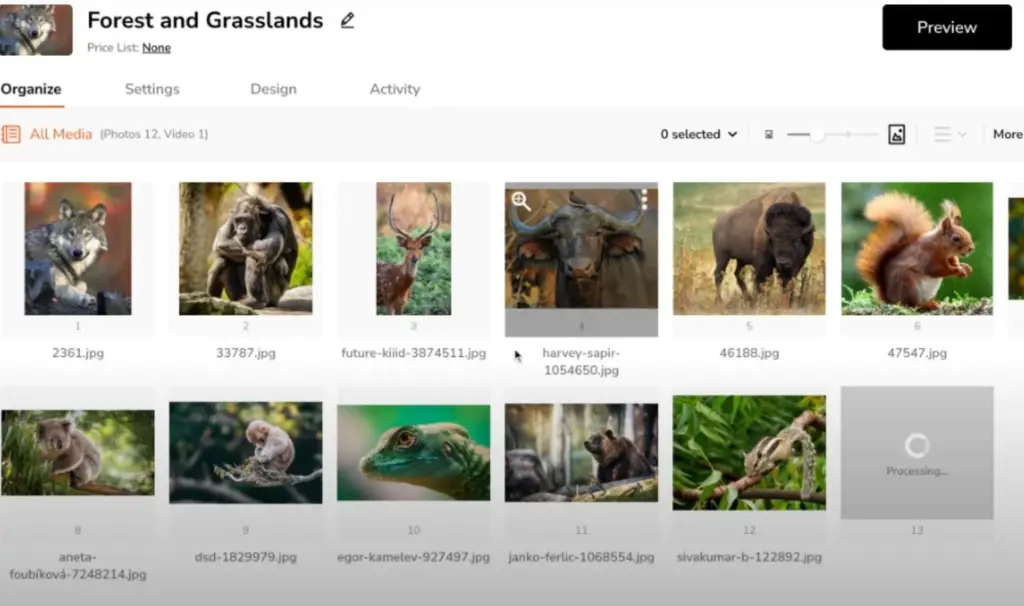
Pricing
Pricing plays an important role in the success of a photo sharing platform. It can attract new users, generate revenue and increase engagement with existing users. As a photographer you would want to pick the one that gives you the best value for money.
If you’re on a limited budget and don’t require advanced features, Zenfolio is a great choice. However, if you’re looking for more powerful features such as custom themes, website analytics, or marketing tools then SmugMug may be the better solution.
Branding
In a world where visual content is becoming increasingly important, having a strong brand identification on a photo sharing platform is essential for success. Therefore many platforms insert their logo in order to promote brand recognition.
By having a recognizable logo, it helps to increase the chances that users will remember the platform when they are looking for a photo sharing service. However, to photographers themselves, it’s not always a plus. This is because the logo can often detract from the overall aesthetic of a photo or take away from its artistic value.
This is why it’s important for platforms to give photographers control over when they display their logo – such as having an option to turn watermarking on/off or allowing users to choose exactly where the logo appears. Otherwise, users may be discouraged by images that are not up to their standards and look untidy due to logos being displayed in prominent areas.
As we already mentioned, SmugMug doesn’t allow you to hide its watermark. To actually remove the SmugMug logo, you will need to purchase the most expensive plan. On the other hand, Zenfolio allows you to turn off their watermarking feature, giving you complete control over how you display your images/videos. This could be beneficial for photographers who want to present their work without any additional branding elements distracting from their images.
Overall, when looking at branding, Zenfolio gives photographers more control over how their images are presented. This could be beneficial for professional photographers who want to maintain a consistent aesthetic and make sure their photos stand out. On the other hand, SmugMug may be best suited to casual users who don’t mind having a logo displayed on their images. The final decision is up to you and depends on your specific needs.
Option to sell your products
The importance of selling products on photo sharing platforms cannot be overstated. Photo sharing sites are one of the most popular channels for consumers today, with millions of people visiting these sites each day to browse and buy items. By leveraging this platform, businesses can gain a competitive advantage by gaining access to a large pool of potential customers.
Firstly, it is important to note that many photo sharing sites have an integrated e-commerce system that allows users to quickly and easily purchase products without leaving the platform. This increases the chances that customers will complete a purchase due to its convenience factor alone. Additionally, since many photo sharing platforms are social networking based, they also provide businesses with an increase in brand visibility through user engagement and word-of-mouth promotion.

Zelfolio has hundreds of partners that can integrate seamlessly with your site, giving you plenty of options when it comes to collecting payments from customers. Additionally, they also provide an extensive suite of marketing features such as coupon codes, promotional sales, customer segmentation and more – all designed to help increase your sales.
And you can sell more than just photos there! Mugs, T-Shirts, Calendars, Books and other memorabilia can be sold in a variety of formats through Zelfolio.
While SmugMug offers the same features, their e-commerce integration is slightly more limited. That said, SmugMug does have a powerful built-in shopping cart that allows you to quickly and easily set up your products for sale. Additionally, they also offer marketing tools such as promotional sales and coupon codes to help drive your sales further.
Ultimately, both platforms are excellent options when it comes to selling your photography products online. As with any business decision, take the time to review each platform’s offerings and decide which one best fits your needs!
Blogging
Blogging is a great way to share your work and engage with potential customers. It’s also an excellent way to build credibility in the photography industry, as blogging regularly will help you build relationships with other photographers and experts.
Some platforms offer built-in blogging capabilities, while others require you to host your own blog without using third party options. Regardless, blogging is an effective way to create a portfolio for yourself and your work, as well as establish yourself as an expert in the field.
Integration of other social media platforms is also important to make sure that your blog reaches the widest possible audience. Sharing links with other photographers, as well as on sites like Twitter and Instagram, can be a great way to increase your visibility and drive traffic to your blog.
Additionally, blogging on a photo sharing platform may provide you with an additional source of income. With high-quality content and lots of followers, bloggers can monetize their blogs in various ways such as through affiliate programs or advertising.
Zenfolio has a built-in blogging feature, making it easy to start a blog and share your photos with the world. SmugMug does not have its own built-in blog platform, but you can create an external WordPress or Tumblr blog and embed it on your SmugMug site. Regardless of which platform you choose, blogging is an important part of marketing yourself as a photographer, so make sure to consider this when selecting your photo sharing platform.
If you have an existing WordPress or Tumblr blog, you should keep it and integrate it into your portfolio site regardless of which platform you choose. This will ensure that you maintain control over all the content and don’t lose any followers.
Customer Support
Customer support is essential for any successful business, but especially in the photo sharing platform market. Without strong customer support, customers can become frustrated and leave the site or app without continuing to use it. This can have a huge effect on user engagement and retention rates. Additionally, having good customer service can help to prevent issues with users’ accounts or the platform itself, which can lead to further losses of users.
Having a friendly and knowledgeable customer service team available 24/7 is important for addressing any problems that may arise quickly and effectively. The customer service team should be able to answer questions about technical aspects of the platform as well as provide guidance on how to best take advantage of its features. They should also be able to troubleshoot any issues that may arise and provide guidance on how to resolve them.
Unfortunately Zenfolio’s support is lacking in comparison to SmugMug. SmugMug offers 24/7 customer support via phone, email and live chat, while Zenfolio only has limited hours throughout the week. In addition, SmugMug’s customer service team is known for being friendly and knowledgeable, while Zenfolio’s team may not have as much experience or training. Nevertheless, both companies offer extensive help documentation on their websites to supplement their customer service teams.
Neither platform has a phone number listed on their websites, but you can contact them via email or through their respective help pages. SmugMug’s customer service is highly rated, and Zenfolio is still working to improve its customer service. In the end, both platforms offer great photo sharing experiences and have strong teams behind them that are dedicated to helping customers get the most out of their products. The best way to decide which platform is right for you is to try out each one and see which one fits your needs better. [1], [2], [3], [4], [5]
What Should You Consider When Choosing a Platform for Your Portfolio Site
When choosing a platform for your portfolio site, there are several key factors to consider. It’s important to think about the features and functionality you need, how much control you want over design and content, how much time and effort you’re willing to put in to maintain it, and your budget.

Ease of Use
Ease of use should be one of the biggest considerations when choosing a platform for your portfolio website. The best platform will make creating and managing your site simple and straightforward. You don’t want to find yourself spending hours trying to figure out how to do something when there is an easier alternative available. Look for platforms that provide visual editors, drag-and-drop tools, and easy customization options so you can get up and running quickly without having to learn complex coding languages or technical processes.
Marketing and Branding
When creating a portfolio site, it’s important to consider your branding and marketing strategy so that you can make sure the platform you choose supports this. You’ll need to think about what features will help you build visibility and promote your brand. This could include things like SEO tools, integration with social media networks, or the ability to create custom content such as videos.
Costs
Most portfolio building platforms are free to use, but some might require a premium subscription or other fees. It’s important to understand what those costs will be before committing to the platform. If you’re paying for additional features such as templates, designs, or storage space, make sure they offer enough value that it’s worth the cost.
Customer Service
Customer service can be an important factor when deciding on a platform for your portfolio site. Make sure the platform you choose provides robust customer service and technical support so that any issues or questions are promptly addressed. Look for customer reviews to see how well past users have been supported.
E-Commerce Tools
If you plan to sell products or services through your portfolio site, it’s important to consider which e-commerce tools will best suit your needs. You’ll want to make sure the platform you choose integrates with the payment processors and shipping carriers that you use, is secure and reliable, and provides features such as discount codes and abandoned cart recovery. [3]

FAQ
Which is better, Zenfolio or SmugMug?
This question is difficult to answer definitively, as it depends on the individual needs of each photographer. Generally speaking, Zenfolio is a good choice for photographers who want an all-in-one solution for their website and portfolio management needs. It provides an easy-to-use platform with built-in eCommerce tools and plenty of customization options to make your site look unique. In addition, Zenfolio offers relatively competitive pricing plans compared to other solutions available in the market.
SmugMug is more suitable for photographers who are looking to create a powerful online presence without relying on third parties or having to fiddle with complicated technical aspects too much. SmugMug’s advanced features include excellent security options, powerful customization capabilities, and a vast library of proprietary content. It has more expensive monthly subscription plans compared to Zenfolio, but these are often worth it in the long run for photographers who want to take their business to the next level.
What is better than SmugMug?
Both have their own unique features and pricing plans, so it can be difficult to decide which is better.
When comparing SmugMug vs. Zenfolio, there are a few factors that may help you make your decision. First, consider the cost associated with each platform. SmugMug currently offers three different paid plans ranging from $13/month to $28/month and $45 per month depending on the level of features needed, while Zenfolio charges a flat fee starting at $6/year for beginner packages and up to $30.
In terms of usability, both platforms offer plenty of options for organizing and managing photos as well as creating customized portfolios. SmugMug is generally considered to be more user-friendly, with a more intuitive interface and more options for customization. However, Zenfolio offers higher quality photo displays with features like full-screen galleries and custom watermarks.
Is Zenfolio a good website builder?
Zenfolio is a popular and reliable website builder for photographers. It provides a user-friendly interface that makes it easy to create professional looking websites with minimal effort. With its drag-and-drop design tools, you can quickly customize and create pages tailored specifically to showcase your portfolio of photos. Additionally, Zenfolio allows you to add custom backgrounds, adjust fonts, choose colors and include in-built SEO tools so your site will be optimized for search engine rankings. Moreover, the platform offers advanced features like an integrated shopping cart, password protection on galleries and more. Overall, Zenfolio is an excellent choice if you are looking for a website builder that has all the essential features needed to get started quickly without sacrificing quality or functionality because it lives up to its reputation of being one of the best platforms for photographers.
Do professional photographers use SmugMug?
Yes, professional photographers can and do use SmugMug. It’s an ideal platform for those who need a powerful e-commerce solution with great customer support and access to millions of potential customers. For example, you can easily link your products to other websites, including eBay and Amazon Marketplace, so that it’s easy for customers to find them. Additionally, the platform allows you to customize your pages using HTML/CSS so they look exactly how you want them to. SmugMug also has features specifically designed for pro photographers such as advanced protection settings so that only clients with permission are able to view galleries or images.
Useful Video: What’s the best photography website option for photographers?
Conclusion
SmugMug & Zenfolio are two powerful photography platforms that each have their own unique benefits. Choosing which one is the right fit for you will ultimately depend on your individual needs and preferences as a photographer.
SmugMug offers excellent user-friendliness and robust image protection, while Zenfolio provides a more comprehensive portfolio management system with marketing tools designed to help photographers grow their business.
Furthermore, SmugMug’s pricing plans may be better suited to casual photographers, while Zenfolio’s professional packages offer good value for money to serious users.
Ultimately, both services provide an excellent platform for photographers to showcase and monetize their work online. Whether you choose SmugMug or Zenfolio (or another provider altogether), there’s never been a better time to get your work out into the world. With the right tools, you can easily reach potential customers and create amazing images that will last for years to come.
Good luck!
References
- https://expertphotography.com/zenfolio-vs-smugmug/
- https://www.photoworkout.com/smugmug-vs-zenfolio/
- https://photomba.net/zenfolio-vs-smugmug-photography-portfolio/
- https://zenfolio.com/intl/
- https://www.smugmug.com/





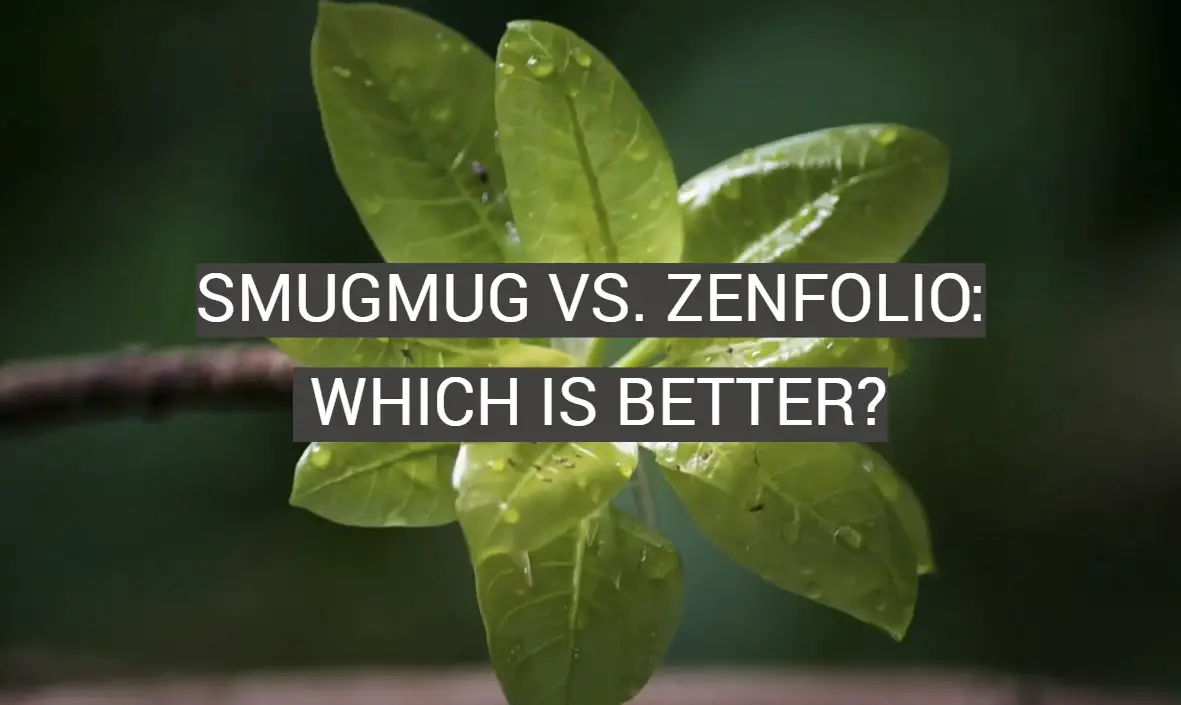
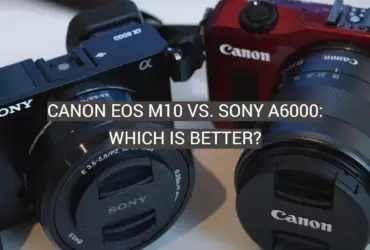

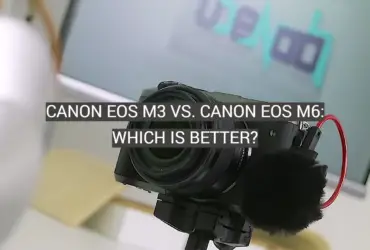
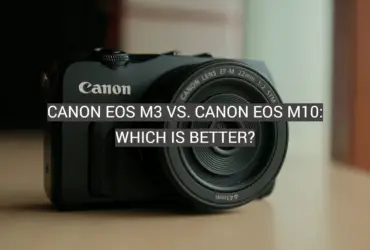

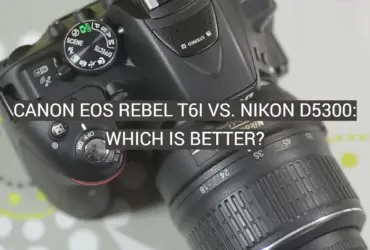
Leave a Reply